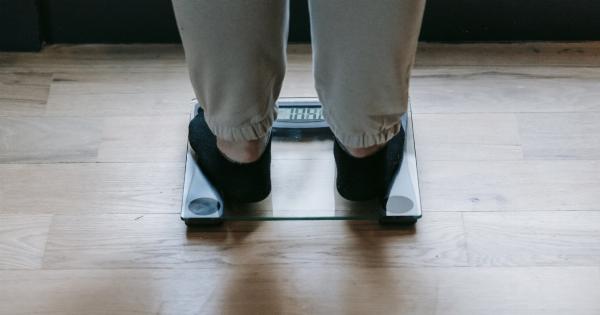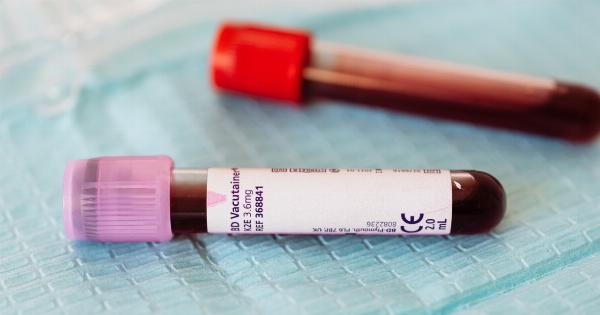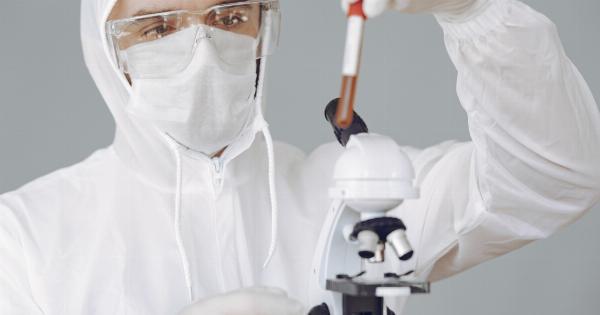Thrombosis is a medical term used to describe the formation of blood clots in the veins, which can occur in any part of the body. One of the most common types of thrombosis is Deep Vein Thrombosis (DVT), which occurs in the leg veins.
Foot thrombosis is a form of DVT that occurs in the veins of the feet. It can be caused by a variety of factors, one of which is cancer.
What is Foot Thrombosis?
Foot thrombosis is the formation of blood clots in the veins of the feet. It is a type of deep vein thrombosis (DVT), which can occur in any part of the body but is most common in the legs.
The veins in the feet are responsible for carrying blood back to the heart, and when they become obstructed by blood clots, it can cause serious health problems.
If the blood clots break off from the veins in the feet, they can travel through the bloodstream to other parts of the body, such as the lungs. This can cause a life-threatening condition called pulmonary embolism, which can lead to sudden death.
What Causes Foot Thrombosis?
Foot thrombosis can be caused by a variety of factors, including:.
- Cancer and cancer treatments
- Obesity
- Pregnancy
- Smoking
- Family history of thrombosis
- Age
- Immobility
One of the most common causes of foot thrombosis is cancer and cancer treatments.
How Does Cancer Cause Foot Thrombosis?
Cancer can cause foot thrombosis by several mechanisms. One is by direct compression of the veins in the feet, which can occur if a tumor grows near or on a vein. The tumor can press on the vein and cause obstruction.
Cancer can also cause foot thrombosis by inducing a procoagulant state in the body. This means that the body produces more substances that promote blood clotting, making it more likely that blood clots will form.
Cancer cells can release substances that promote clotting, and cancer treatments such as chemotherapy can also cause clotting.
How is Foot Thrombosis Diagnosed?
If you suspect you have foot thrombosis, you should see a doctor immediately. The doctor will perform a physical exam and may order imaging tests. The most common imaging test used to diagnose foot thrombosis is Doppler ultrasound.
This test uses sound waves to create images of the veins in the feet and can detect blood clots.
How is Foot Thrombosis Treated?
The treatment for foot thrombosis depends on the severity of the condition. If the blood clots are small and not causing symptoms, the doctor may monitor the condition and prescribe medications such as blood thinners to prevent new clots from forming.
If the blood clots are large or causing symptoms such as pain or swelling, the doctor may recommend more aggressive treatments. These may include clot-dissolving medications, compression stockings, or surgery to remove the clot.
Can Foot Thrombosis be Prevented?
Foot thrombosis can be prevented by making lifestyle changes such as exercising regularly, maintaining a healthy weight, quitting smoking, and avoiding long periods of immobility.
If you are at high risk for foot thrombosis, your doctor may recommend medications such as blood thinners to prevent blood clots from forming.
Conclusion
Foot thrombosis is a serious condition that can lead to life-threatening complications such as pulmonary embolism. It can be caused by a variety of factors, one of which is cancer. If you suspect you have foot thrombosis, see a doctor immediately.
With prompt diagnosis and treatment, foot thrombosis can be successfully managed.




























